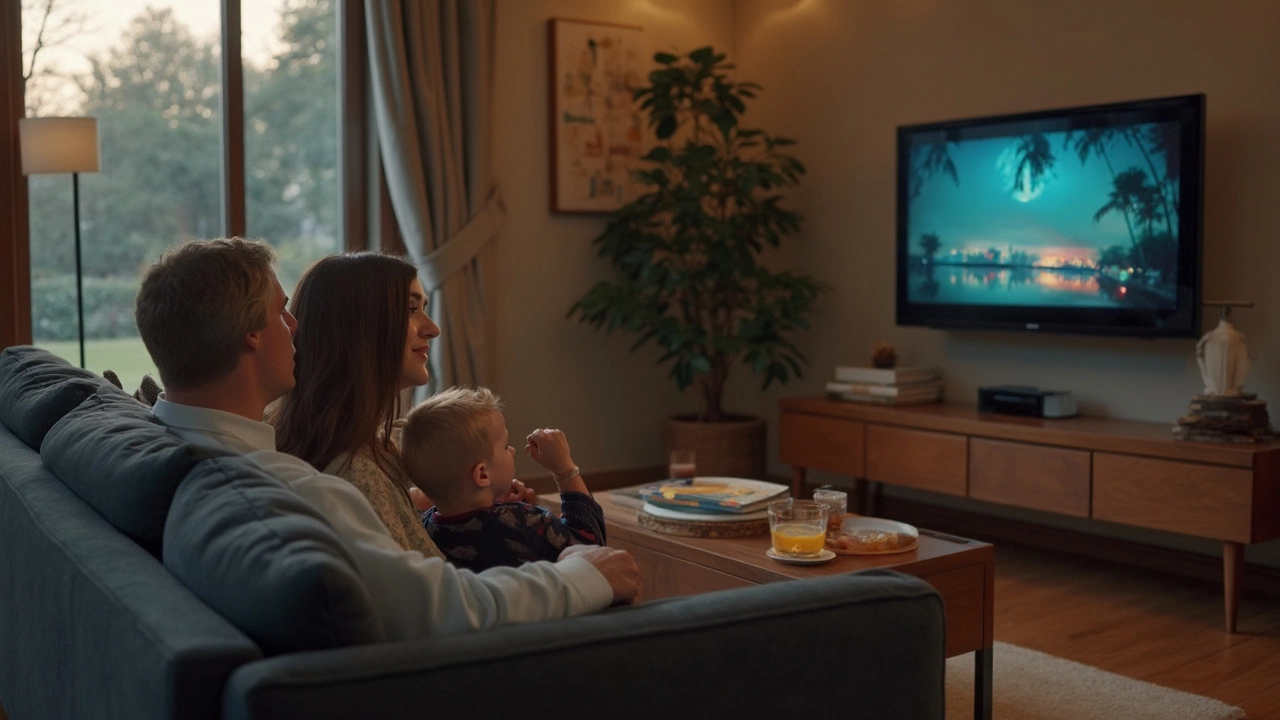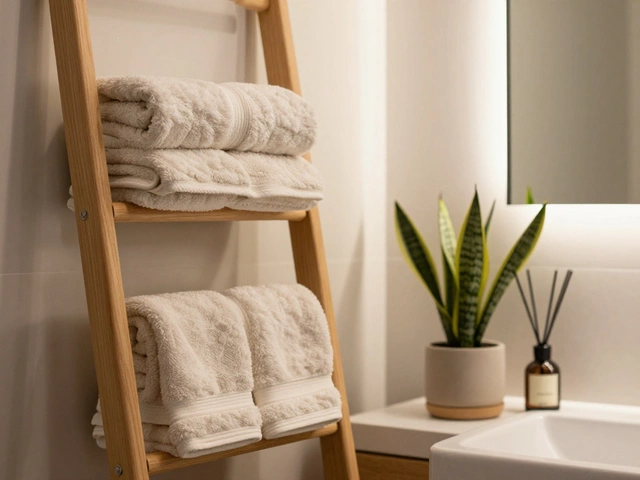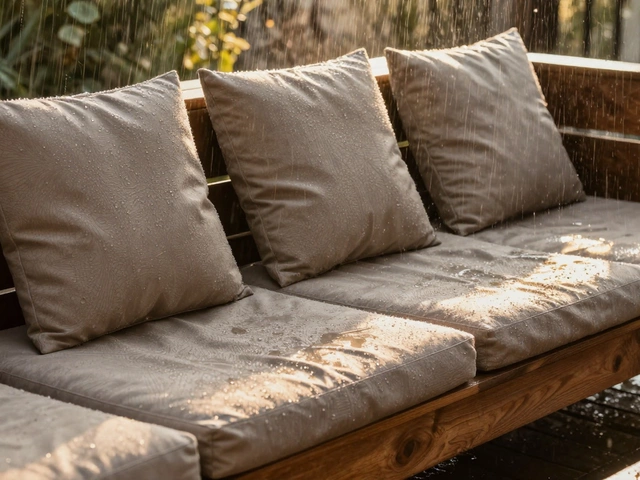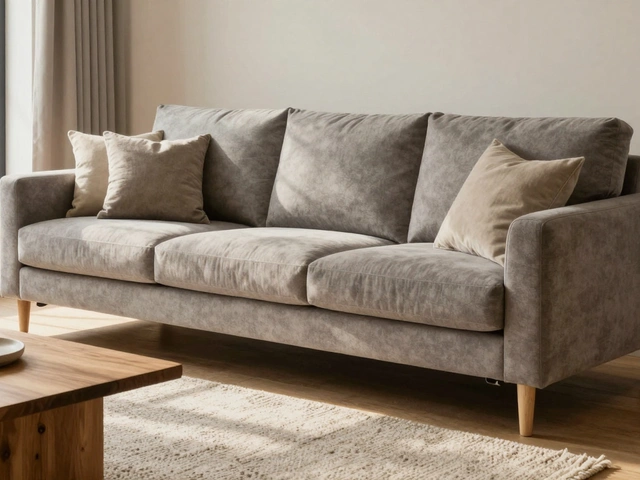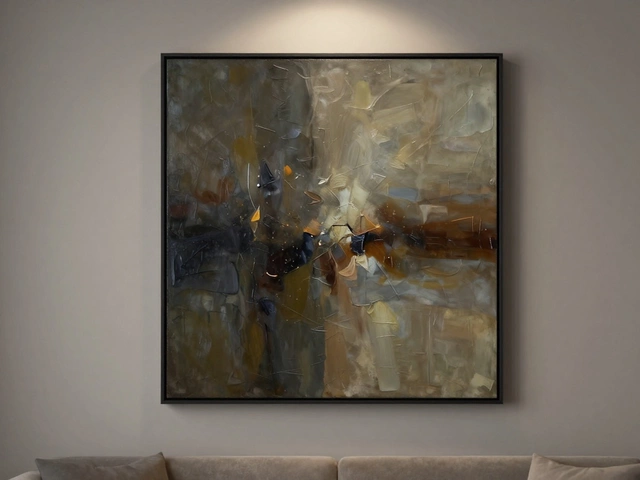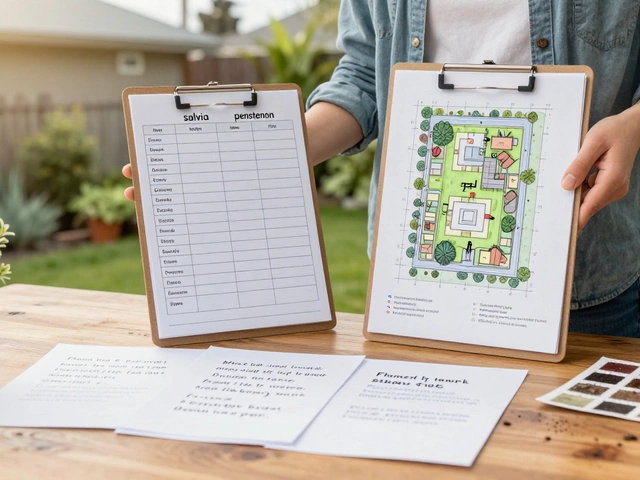Coffee Table Spacing Guide
When planning Coffee Table Spacing, the distance you leave around a coffee table to keep a living room functional and comfortable. Also known as coffee table clearance, it directly affects how easily people move and how the room feels. Imagine trying to walk around a coffee table that’s squeezed tight against a sofa – it feels cramped, and you’re constantly dodging legs. Good clearance makes the space breathable, safer, and more inviting.
One of the first things to think about is the Living Room Layout, the overall arrangement of major pieces like sofas, chairs, sideboards, and the coffee table. A well‑balanced layout ensures that each item has its own zone while still contributing to a cohesive look. For instance, a three‑seat sofa with a pair of accent chairs creates a natural conversation triangle, and the coffee table should sit in the middle without blocking sight lines.
Next up is Furniture Arrangement, how you position each piece relative to the others, considering scale, function, and traffic flow. A rule of thumb is to leave at least 18‑24 inches between the coffee table edge and the sofa or chairs. That distance lets you pull out a cushion or reach for a remote without bumping into the table. If the room is small, you might trim the spacing to 12 inches, but never less than 10 inches – anything tighter feels uncomfortable.
coffee table spacing isn’t just about measurements; it also ties into Space Planning, the process of allocating room dimensions for different activities and furniture pieces. Good space planning starts with a floor plan sketch. Mark the walls, note window placements, then drop in the main furniture outlines. Measure the clearances, adjust as needed, and you’ll see instantly whether the coffee table fits the flow.
Key Factors for Ideal Coffee Table Clearance
First, consider traffic patterns. People naturally walk around the perimeter of the sofa set, so the coffee table should stay out of the main path. If you have a narrow hallway that doubles as a living area, keep the table at least 30 inches from the door to prevent a bottleneck. Second, think about visual balance. A large rectangular table looks best when the surrounding furniture spreads evenly on both sides – this prevents the room from feeling lopsided.
Third, factor in the purpose of the table. If you use it mainly for holding drinks and remote controls, a smaller footprint works. For display items like books or decorative trays, a bit more surface area helps, but remember the clearance rule still applies. Fourth, pay attention to chair legs. Open‑leg chairs need a wider gap than block‑leg ottomans because their legs can snag on the table edge.
Lighting also plays a role. A floor lamp placed behind a sofa can create a bright reading nook, but the lamp base must stay clear of the coffee table’s reach. Likewise, pendant lights hanging over the table should have enough height – about 30‑36 inches above the surface – to avoid glare and keep the space airy.
Don’t forget storage pieces. Sideboards or media cabinets often sit against a wall opposite the sofa. Their height should complement the coffee table’s height (typically 16‑18 inches) to maintain a harmonious line of sight. If the sideboard is taller, keep a larger gap to avoid a cramped feel.
Finally, color and texture contribute to perceived space. A light‑colored coffee table or a glass top can make a room feel larger, while dark, bulky tables can shrink it. Pair a sleek table with a neutral rug and you’ll amplify the open vibe, even in a modest‑sized living area.
All these elements – layout, arrangement, traffic flow, purpose, lighting, storage, and aesthetics – interlink to shape the perfect coffee table spacing. By measuring, testing, and tweaking, you can create a living room that feels both functional and stylish.
Below you’ll find a curated collection of articles that dive deeper into each of these topics, from modernizing old tables to mastering storage solutions and choosing the right colors for a luxurious look. Explore the tips, tricks, and step‑by‑step guides that will help you put the principles into practice and transform your space today.
How Far Should a Sofa Be from the TV? Smart Spacing for Comfy Watching
Wondering how far your sofa should be from your TV for the perfect movie night? This guide breaks down the ideal sofa-to-TV distance, taking screen size and room layout into account. You’ll learn how to keep things comfy without straining your eyes or neck. Tips cover everything from knowing where to park your coffee table, to making the most of smaller rooms (or giant screens). Get tuning-your-space tricks for a better viewing experience without sacrificing style or comfort.
full article